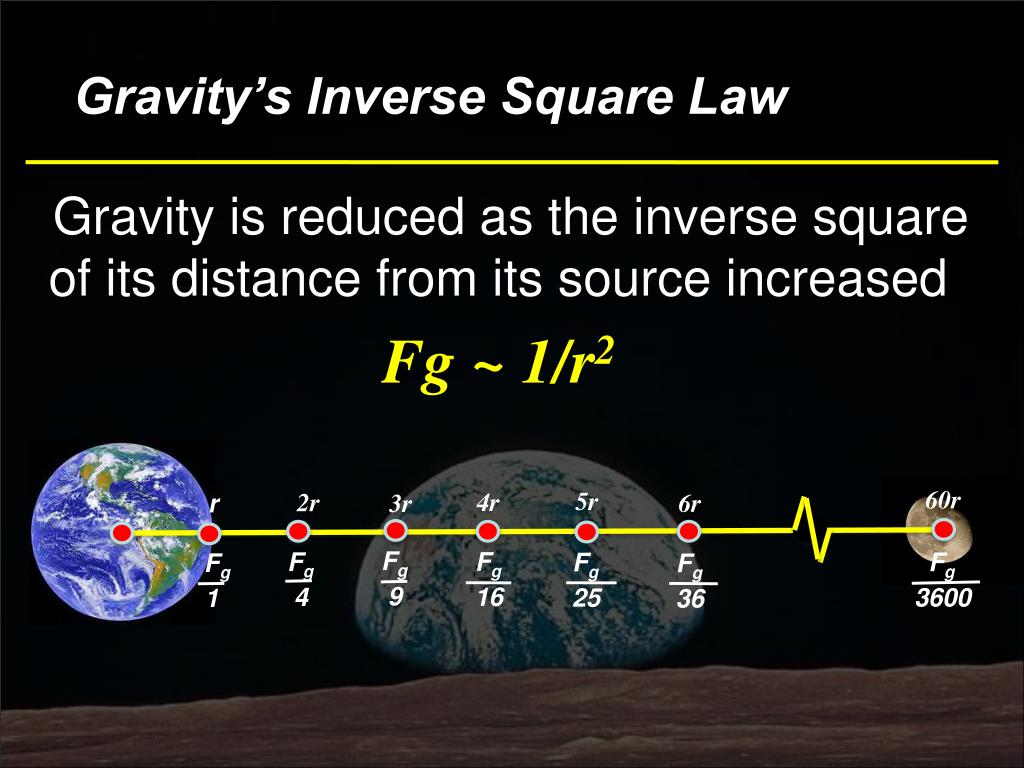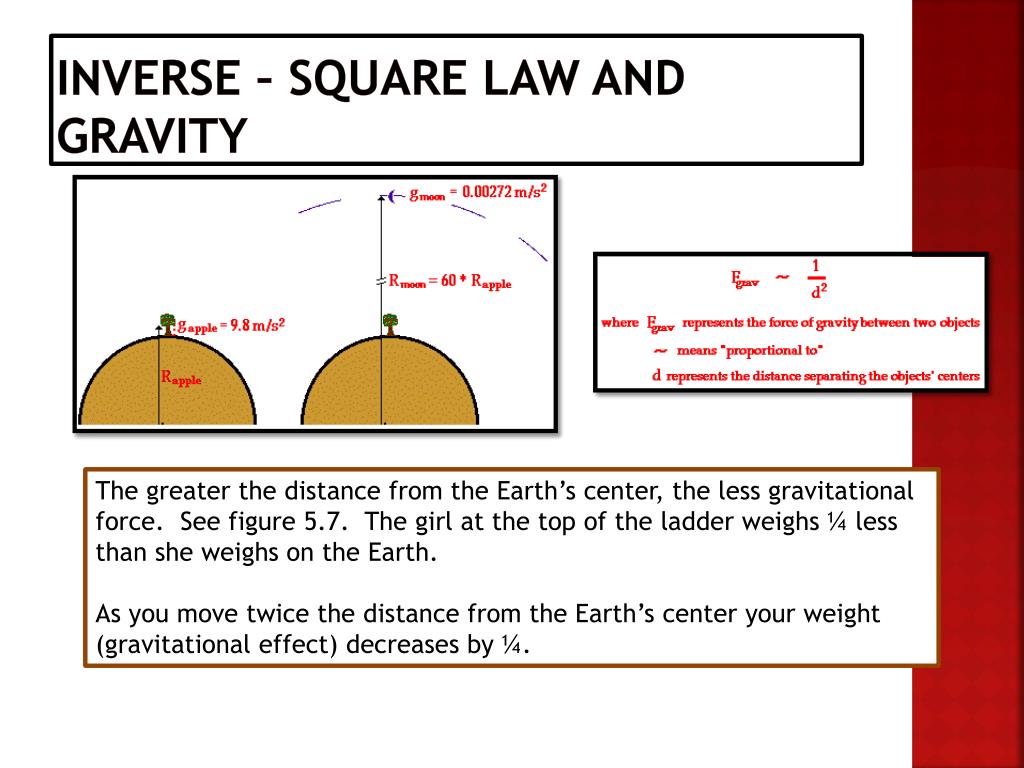
The signal is detected by a supercon-ducting differential accelerometer, making a highly sensitive sensor of the gravity force generated by the source mass.

Two test masses, also disk-shaped, are suspended on the two sides of the source mass at a distance of 100 μm to 1 mm. To minimize Newtonian errors, ISLES employs a near-null source of gravity, a circular disk of large diameter-to-thickness ratio. The low-damping magnetic levitation, combined with a low-noise SQUID, leads to extremely low intrinsic noise in the detector. As designed, the experiment will be cooled to less than 2 K in NASA’s low temperature facility the LTMPF, allowing superconducting magnetic levitation in microgravity to obtain very soft, low-loss suspension of the test masses.

The measures to be applied for reducing the effects of disturbances will be described in this presentation. To accomplish these goals on the rather noisy International Space Station, the experiment is set up to provide immunity from the vibrations and other common-mode accelerations. ISLES will be sensitive enough to detect axions with the strongest allowed coupling and to test the string-theory prediction with R⩾5 μ m. We have also proposed modifications to the current experimental design in the form of new tantalum source mass and installing additional accelerometers, to achieve an amplifier noise limited sensitivity.The objective of ISLES (inverse-square law experiment in space) is to perform a null test of Newton’s law on the ISS with a resolution of one part in 10 5 at ranges from 100 μm to 1 mm. Extra dimensions were searched down to a length scale of 78 &mu m (|&alpha |≤4). No deviations from the inverse-square law were found within the experimental error (2&sigma ) down to a length scale &lambda = 100 &mu m at the level of coupling constant |&alpha |≤2. Using cross-talk cancellation and residual balance, these were reduced to the level of the limiting random noise. This animation, originally created for a KET Distance Learning physics course, explains the mathematical formula for the 'Inverse Square Law' by. During the experiment we further identified the two dominant sources of error - magnetic cross-talk and electrostatic coupling. We identified the residual gas pressure as an error source, and developed ways to overcome the problem. We improved the design of the experiment significantly over an earlier version, by separating the source mass suspension from the detector housing and making the detector a true differential accelerometer. Any deviations from the inverse-square law would appear as a violation signal at the second harmonic of the source frequency, due to symmetry. As the source was driven sinusoidally, the response of the test masses was sensed through a superconducting differential accelerometer.

Calculation: Strength of Earths gravitational field1/(distance from the center of. Two test masses, also disk-shaped, were positioned on the two sides of the source mass at a nominal distance of 280 &mu m. Definition: Area over which something is spread out. To minimize Newtonian errors, the experiment employed a near-null source, a disk of large diameter-to-thickness ratio. We have conducted a sub-millimeter test of the inverse-square law at 4.2 K.
to test the gravitational Inverse Square Law at: (1) submillimeter scale and (2) at. Theories such as large extra dimensions, ‘fat gravitons,’ and the axion, proposed to solve these problems, can result in a deviation from the gravitational inverse-square law below 100 &mu m and are thus testable in the laboratory. ONERA The French Aerospace Lab, 29 avenue de la Division Leclerc. Problems within modern physics such as the hierarchy problem, the cosmological constant problem, and the strong CP problem in the Standard Model motivate a search for new physics. The inverse-square law is a hallmark of theories of gravity, impressively demonstrated from astronomical scales to sub-millimeter scales, yet we do not have a complete quantized theory of gravity applicable at the shortest distance scale.


 0 kommentar(er)
0 kommentar(er)
